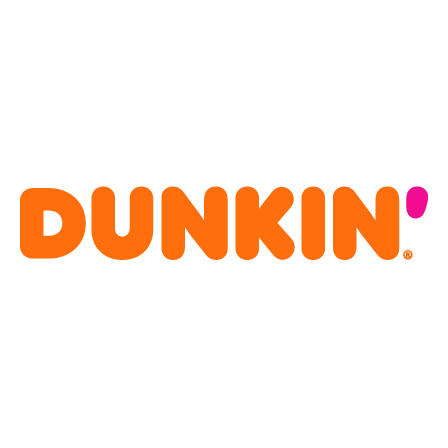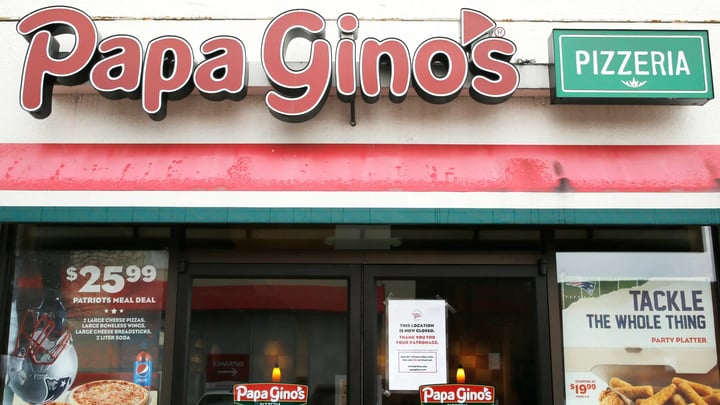
- Home
- Crunchtime Blog
- How Restaurants Can Drive Better Labor Planning and Execution in 3 Steps

How Restaurants Can Drive Better Labor Planning and Execution in 3 Steps
At Ops Summit 2024, Crunchtime experts walked operators through the process of creating optimized schedules using tools built specifically for the fast-paced world of restaurant operations. From forecasting sales to auto-scheduling staff, the session focused on the practical strategies and Crunchtime features that help drive better labor planning and execution.
Here’s a breakdown of the key takeaways from the session:
Step 1: Start With Smart Sales Forecasting
Before you can build an effective schedule, you need an accurate sales forecast. Crunchtime provides tools that help both enterprise-level planners and on-site managers create more accurate projections by leveraging historical data, menu mix, and operational context.
Key Features and Best Practices:
- Menu Mix-Driven Forecasting: Menu mix helps determine sales distribution by daypart, making staffing more precise.
- Projected Forecasts: Generated using location-specific history to build a reliable baseline.
- Auto-Generate Forecast: Allows Enterprise Managers to streamline forecast creation for managers using Net-Chef.
- On-site managers use Net-Chef to review and fine-tune forecasts:
- Dig into sales and guest counts by daypart and revenue center.
- Ask: What data is influencing the forecast? Can I break it down further for better decisions?
- On-site managers use Net-Chef to review and fine-tune forecasts:
- Ask the right questions: Who is responsible for creating the sales forecast? What data or method are they using? How accurate are these forecasts, and how often are they reviewed?
Step 2: Build the Right Schedule with the Right Tools
Once you’ve forecasted as accurately as possible, it’s time to build your schedule. Crunchtime’s tools make it easier to match labor to demand, whether your sales are steady throughout the week or fluctuate due to weather or outdoor seating.
Crunchtime Tools that Help:
- Staffing Level Templates: Pre-set your ideal labor coverage for typical business conditions.
- Shift Builder Templates: Design efficient shifts that align with recurring trends in your operations.
- Staff Prioritization: Choose your approach:
- Manually assign key roles (your "aces") and let the system backfill.
- Or, let the system assign all open shifts based on rules and availability.
Step 3: Measure Performance and Iterate
Creating a schedule is only part of the equation. Measuring success helps you optimize over time.
Key Reporting Tools:
- Reports: Summarize labor by employee, position, or P&L structure. Compare scheduled vs. actual hours.
- Dashboards: Get a quick pulse with consolidated and location-level reporting.
- Impact App: View real-time labor and sales data on the go. See who's clocked in, current sales, and dig into specifics as needed.
Final Thoughts: It All Adds Up to Smarter Scheduling
Crunchtime’s tools are designed to make scheduling not just easier, but smarter. When you forecast accurately, assign the right people to the right shifts, and monitor performance in real time, you’re not just filling in a schedule; you’re improving efficiency and driving better results.
Remember:
- Forecasting fuels smarter decisions.
- Aces in Places ensures top talent is used where they shine.
- Data-driven tools make it easy to schedule, adapt, and improve.
Want to learn how to fix broken scheduling habits that hurt operations? Check out 8 Red Flags of Restaurant Scheduling.
Share this post
Related


How Papa Gino’s Drove Adoption of Teamworx to Cut Scheduling Time in Half


